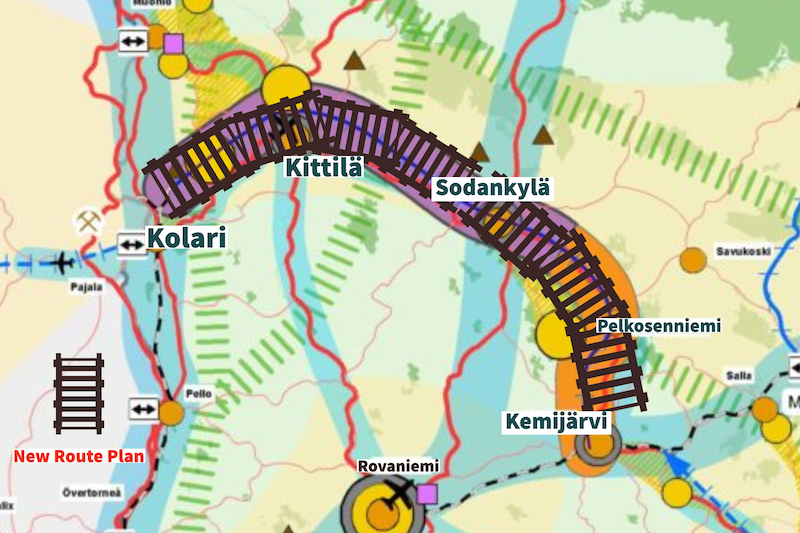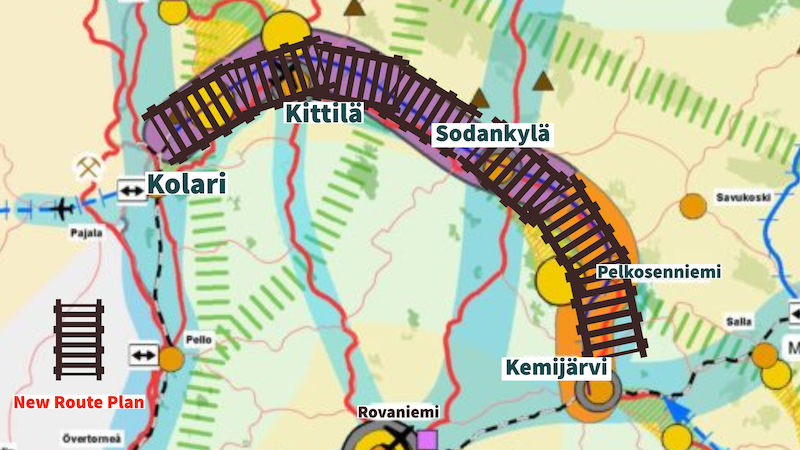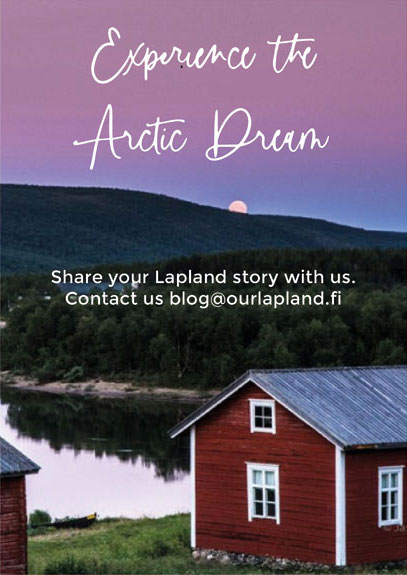Lapland’s Rail Connectivity
Finland is aiming to be carbon neutral by 2035, which has direct effect to emission reduction obligations and transport infrastructure. Expanding a sustainable and safe rail network plays an essential part in fighting against the climate change. Renewed and expanded rail infrastructure would enhance people and businesses to travel. Plans are already in motion, but rail network renewals tend to be long, 20–30-year projects. Lapland’s rail loop would go around Kemi-Kolari-Kittilä-Sodankylä-Kemijärvi-Rovaniemi-Kemi area, which eventually is to connect some popular fell destinations – Ylläs, Levi, Pyhätunturi and Luosto, according to Mika Riipi, the County Governor of of Lapland.
 Rail network to replace air traffic
Rail network to replace air traffic
Fighting against climate change also includes avoiding flying whenever possible, therefore trains should be able to replace short-haul flights and eventually reduce road traffic, as well. The recent pandemic has had a dramatic effect on public transportation, and it’s crucial for the passenger count to increase for Finland to meet its climate objectives. The weather conditions bring certain challenges to the transportation construction and maintaining work in the Arctic areas, which doesn’t only include the rails and roads, but also smooth and practical traffic hubs and services for everyone. Bus connections around Lapland are also relatively good. For example, Kemijärvi train station has direct bus connections to Salla, Suomu, Pyhätunturi and Ruka.
TunturiRata: Connections for people and businesses
The New rail route plan and the route suggestions will be updated in the coming weeks. The Finnish name of the route will be Tunturi Rata or Fell Lapland railway. It was decided from the 85 name suggestions. The rain network name in English will be decided later. Lapland’s rail loop would greatly benefit both people and businesses. The lumber and mining industries’ needs are particularly taken into consideration in process, in addition to the increasing amount of tourism and population in Lapland, as well as the whole country’s security of supply. The busiest stretch southwards, between Rovaniemi-Kemi-Oulu would also benefit from rail expansion and speed improvements. Moreover, connecting Lapland’s rail network across the borders to Sweden, Norway and Russia, as well as along the Eastern border of Finland allows greater possibilities for the people, businesses, and the environment. The importance of taking into consideration the nature, land use, reindeer herding and Sámi areas while making these plans is strongly highlighted.
⇐ By Erika Katainen / Visit Lapland ⇒






